
人因工程
¥ 21 3.0折 ¥ 69 九五品
仅1件
作者钮建伟 著
出版社电子工业出版社
ISBN9787121407734
出版时间2021-03
版次1
装帧平装
开本16开
纸张胶版纸
页数276页
字数99999千字
定价69元
上书时间2024-04-15
- 最新上架
商品详情
- 品相描述:九五品
- 商品描述
-
基本信息
书名:人因工程
定价:69.00元
作者:钮建伟 著
出版社:电子工业出版社
出版日期:2021-03-01
ISBN:9787121407734
字数:442000
页码:276
版次:
装帧:平装
开本:16开
商品重量:
编辑推荐
适读人群 :本书可作为高校院所工业工程、人工智能、智能制造、机械工程、安全工程等相关专业双语课与全英文示范课的本科、研究生教材,亦可作为从事汽车、航空航天、船舶、军工、机器人乃至办公室工作人员的参考书。 人因工程是通过人-机-环境系统优化来达到提高系统生产率,保证人健康、安全、舒适工作的学科。本书作者集十多年从事人因工程教学科研的实践经验,根据人因工程的z新发展趋势,突出理论与实践相结合、基础与前沿相结合的原则编纂而成。
内容提要
目录
目 录Chapter 1 Introductioto HumaFactors 11.1 What is HumaFactors 21.1.1 Concept of HumaFactors 21.1.2 Domaiof HumaFactors 71.2 Goals of HumaFactors 111.3 History of HumaFactors 141.3.1 The Origiand Development of HumaFactors 141.3.2 The Development of HumaFactors iChina 181.4 Areas of Ergonomics Research and Practice 201.4.1 Research Content 201.4.2 ApplicatioAreas 24References 26Chapter 2 Methods iHumaFactors 272.1 Taxonomy 282.2 Descriptive Method 302.2.1 Scenario 302.2.2 Variable 312.2.3 Subjects 312.2.4 Data Collectio& Analysis 322.3 Experimental Method 352.3.1 Scenario 352.3.2 Variable 362.3.3 Subjects 372.3.4 Data Collectio& Analysis 372.4 EvaluatioMethod 402.4.1 Scenario 402.4.2 Variable 412.4.3 Subjects 422.4.4 Data Collectio& Analysis 42References 46Chapter 3 Anthropometry 473.1 What is Anthropometry 483.2 Terminology 513.2.1 Basic Posture 513.2.2 Measurement Plane 533.3 How Dimensions Measured, Collected & Processed 553.3.1 Conventional Methods 553.3.2 Three Dimensional (3D) Anthropometry 563.4 Applications 623.4.1 Digital HumaModeling and Simulatio623.4.2 Product Desigfor Special Populatio683.4.3 Crowd Simulatio713.4.4 Virtual Try-o733.5 International Anthropometric Standards 75References 77Chapter 4 Physiology 784.1 Structure of Muscles 794.2 Energy Productio834.2.1 Energy Supply 834.2.2 Classificatioof Energy Metabolism 854.3 Circulatory & Respiratory System 874.3.1 The Circulatory System 874.3.2 The Respiratory System 894.3.3 The Connectiobetweethe Respiratory System and Circulatory System 914.4 Energy Expenditure 934.5.1 Physical Work Capacity & Energy Expenditure Limits 974.5.2 How to Measure Energy Expenditure 97References 101Chapter 5 Fatigue & Musculoskeletal Disorders 1025.1 Definitio1035.1.1 Fatigue 1035.1.2 Musculoskeletal Disorders 1075.2 Types 1085.3 Factors 1115.3.1 Physical Factors 1115.3.2 Organizational Factors, Psychosocial Factors and Individual Factors 1135.4 Recovery 1145.5 Case Study 116References 117Chapter 6 Occupational Biomechanics 1196.1 Biomechanics & Occupational Biomechanics 1206.1.1 Biomechanics 1206.1.2 Occupational Biomechanics 1226.2 Biomechanical Models 1306.2.1 Introductioof Biomechanical Models 1306.2.2 The 2D Static Strength Model 1316.3 Low Back Biomechanics and Manual Material Handling 1356.3.1 Low Back Biomechanics and Manual Material Handling 1356.3.2 NIOSH Lifting Equatio137References 144Chapter 7 Visual System 1467.1 Light 1477.1.1 The Sources of the Light 1477.1.2 Color System 1487.1.3 The Visual Receptor System 1507.2 Illuminatio1547.2.1 Measurement of Light 1547.2.2 Contrast Sensitivity 1557.3 Visual Perceptio1577.3.1 Top-dowvs. Bottom-up 1577.3.2 Depth Perceptio1587.4 Visual Search 1617.4.1 Serial Search 1617.4.2 Parallel Search 162References 168Chapter 8 Auditory System 1698.1 Mechanics of Sound 1708.1.1 Wave, Frequency, Amplitude and Intensity 1718.1.2 Measuring the Intensity of Sound 1728.2 Structure of HumaEar 1748.2.1 The Outer Ear 1748.2.2 The Middle Ear 1758.2.3 The Inner Ear 1758.3 Perceptioof Sound 1778.3.1 Loudness and Pitch 1778.3.2 Sound Source Locatio1788.3.3 Hearing Loss 1808.4 Noise 1828.4.1 Assessing and Controlling Noise Risks 1838.4.2 Hearing Protectio1848.5 Case Study 185References 186Chapter 9 Other PerceptioChannels 1879.1 Tactile Perceptio1889.1.1 Definitioof Tactile Perceptio1899.1.2 Applications of Tactile Perceptio1909.2 Vestibular Sensatio1929.2.1 Vestibular System 1929.2.2 Semicircular Canal System 1929.2.3 Otolithic Organs 1959.2.4 Equilibrioceptio197References 198Chapter 10 Displays 20010.1 Introductioof Displays 20110.1.1 Concepts of Displays 20110.1.2 The Way of Displays’ Classificatio20210.2 Display desig20310.2.1 Principles of Display Desig20310.2.2 Coding Schema 20610.3 NavigatioDisplays 20810.3.1 Line Table and InstructioDisplay 20910.3.2 Maps 21010.4 Adaptive Multimodal Displays 21510.4.1 Multimodal Interactio21510.4.2 Adaptive Multimodal Displays 218References 223Chapter 11 Stress & Mental Workload 22411.1 Concept & Possible Effects of Stress 22611.2 Yerkes-DodsoLaw 22711.3 What is Mental Workload 22911.4 Mental Workload Measurement 23011.4.1 Primary-task Performance Measures 23011.4.2 Secondary-task Performance Measures 23111.4.3 Physiological Measures 23411.4.4 Subjective EvaluatioMeasures 235References 239Chapter 12 Applications iDaily Life 24112.1 Traditional Transportatio24212.1.1 Driver InformatioSystems 24212.1.2 Advanced Driver-assistance Systems 24512.1.3 Autonomous Cars 24612.2 E-business 24912.3 Desigfor the Aged 25412.4 Desigfor the Disabled 258References 261
作者介绍
钮建伟,博士,博导,2008.7-至今北京科技大学机械学院,(1)美国人因工效学会会员。(2)中国人因工效学会会员。(3)中国管理工效学会专业委员会委员。
序言
-

【封面】
相关推荐
— 没有更多了 —


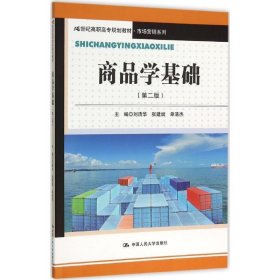

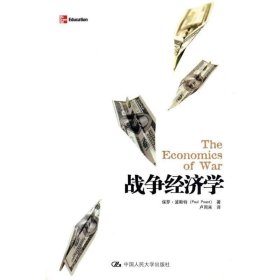
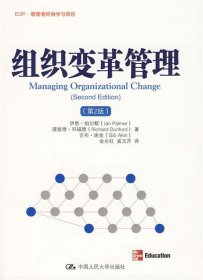
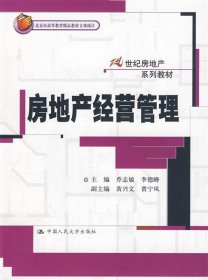
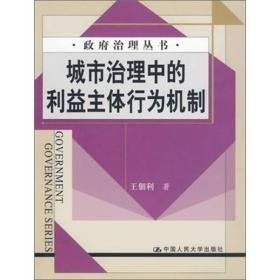

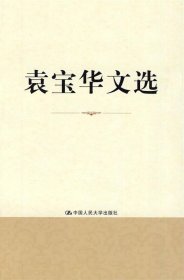


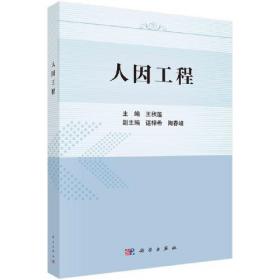



以下为对购买帮助不大的评价